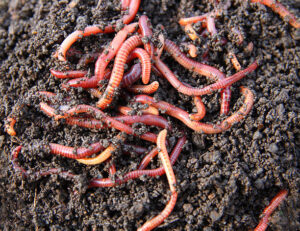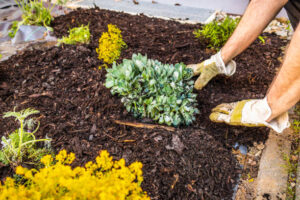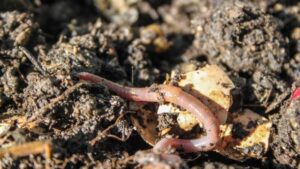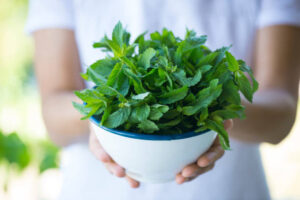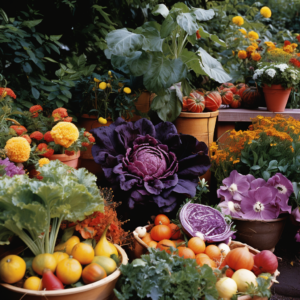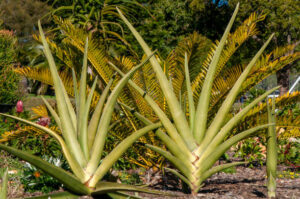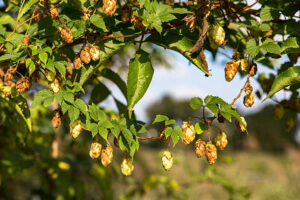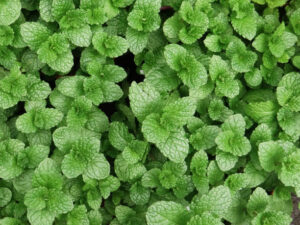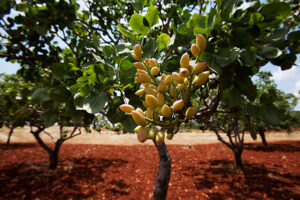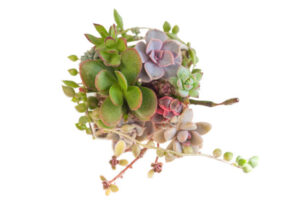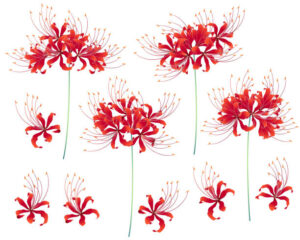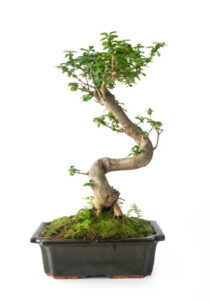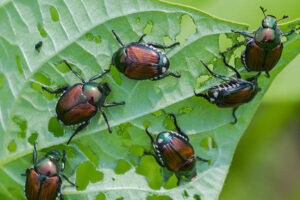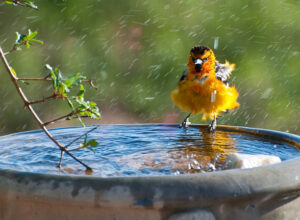Anemone canadensis: Native Beauty for Your Garden
Introduction
Step into the world of native plants and discover the timeless beauty of Anemone canadensis. This enchanting wildflower, also known as Canada anemone or meadow anemone, is native to North America and thrives in a variety of garden settings. With its delicate white flowers, graceful foliage, and adaptability to different growing conditions, Anemone canadensis offers a charming addition to any landscape. Whether you’re a seasoned gardener or new to cultivating native species, join us as we explore the unique features of this native beauty and uncover practical tips for incorporating Anemone canadensis into your garden.
Meet Anemone canadensis
Anemone canadensis is a herbaceous perennial belonging to the Ranunculaceae family. Native to moist meadows, woodlands, and stream banks across North America, this wildflower is valued for its resilience, versatility, and elegant appearance. Anemone canadensis typically grows in clumps and features deeply lobed, toothed leaves that emerge from creeping rhizomes. From late spring to early summer, the plant produces slender stems topped with solitary, white flowers with prominent yellow centers, attracting pollinators such as bees and butterflies.
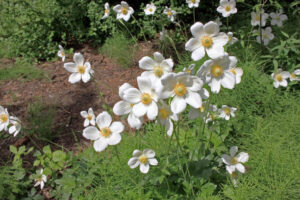
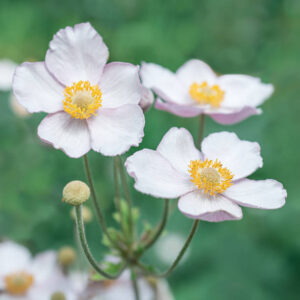
Tips for Growing Anemone canadensis
Choose the Right Location: Plant Anemone canadensis in a location that receives partial to full sunlight, although it can tolerate some shade. Ensure that the soil is moist and well-drained, as this wildflower prefers consistently moist conditions. Avoid planting in areas prone to waterlogging, as excessive moisture can lead to root rot.
Provide Adequate Water: Water newly planted Anemone canadensis regularly to establish a strong root system. Once established, the plant typically requires less frequent watering, but it benefits from supplemental irrigation during dry spells or prolonged periods of drought. Aim to keep the soil consistently moist but not waterlogged.
Mulch for Moisture Retention: Apply a layer of organic mulch, such as shredded bark or compost, around the base of Anemone canadensis to help retain soil moisture, suppress weeds, and regulate soil temperature. Mulch also adds nutrients to the soil as it breaks down over time.
Read More: How to Get Rid of Japanese Beetles: Effective Strategies
Support Stems if Needed: In windy conditions or areas with tall-growing varieties of Anemone canadensis, provide support for the stems to prevent them from bending or toppling over. Install stakes or use a ring support system to prop up the stems and keep the flowers upright.
Deadhead Spent Blooms: Remove faded flowers promptly to prolong the blooming period and encourage the plant to produce new blooms. Snip off the spent flower stalks at the base using clean, sharp pruners to maintain the plant’s tidy appearance and promote continuous flowering.
Divide and Transplant: Anemone canadensis can become crowded over time, leading to reduced flowering and vigor. To rejuvenate the plant and prevent overcrowding, divide mature clumps every few years in the spring or fall. Dig up the clump, carefully separate the rhizomes, and replant the divisions in well-prepared soil.
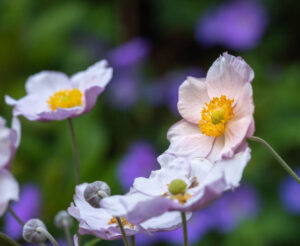
Conclusion
Anemone canadensis, with its native beauty and adaptability, is a valuable addition to any garden landscape. By following these practical tips for growing and caring for Anemone canadensis, you can enjoy the timeless charm and elegance of this native wildflower year after year. Whether planted in meadow gardens, woodland borders, or mixed perennial beds, Anemone canadensis brings a touch of natural beauty and biodiversity to your outdoor space. Embrace the native allure of Anemone canadensis in your garden and create a welcoming habitat for pollinators while adding visual interest and texture to your landscape.



